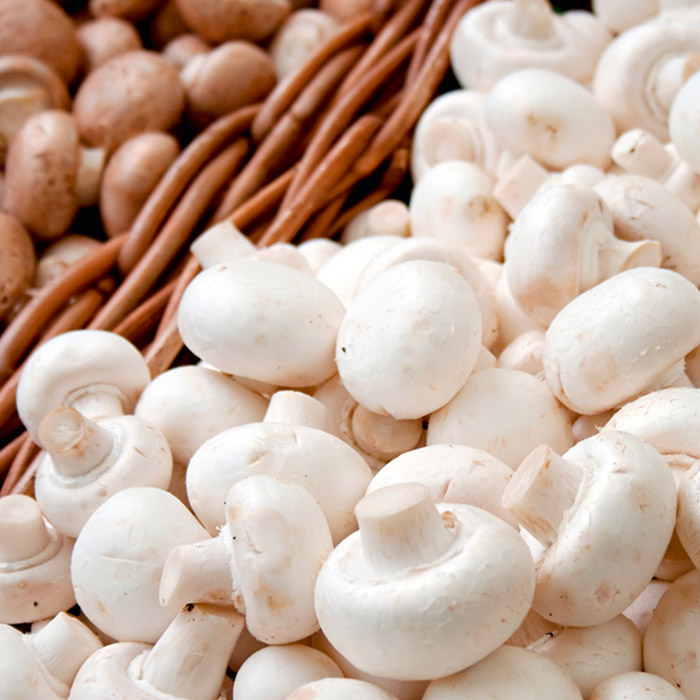



Growing mushrooms is a waste-recycling activity. In l894, the first structure specifically designed to grow mushrooms was built in Chester County, Pennsylvania, which is usually referred to as the mushroom capital of the world. Mushrooms were reportedly grown in an old dairy barn, which was so damp that cows living in it had died of pneumonia. Mushrooms have been grown in unused coal and limestone mines, old breweries, basements of apartment houses, natural and man-made caves, rhubarb sheds, and many other unusual structures. While mushrooms are usually grown in the absence of light, darkness is not a requirement. In spite of some articles that say mushrooms can be grown in any dark hole or building, successful commercial mushroom growing requires special houses equipped with ventilation systems. After the Civil War, gardeners introduced mushroom growing to North America by using dark areas underneath greenhouse benches to grow mushrooms. In l707, a French botanist wrote about mushrooms as “originating from a horse." He went on further to note, “Spores upon germination developed into a fluff, this fluff, planted into horse manure and covered with soil, would grow mushrooms." The first record of year-round commercial production was in l780 when a French gardener began to cultivate mushrooms in the underground quarries near Paris. Unfortunately, they were described as excellent for “making into compresses for ripening boils" but not as good to eat. The first mention of mushroom cultivation, distinct from a chance appearance in the field, was in l652. Hippocrates first mentioned mushrooms when he wrote about their medicinal value in 400 B.C.


 0 kommentar(er)
0 kommentar(er)
